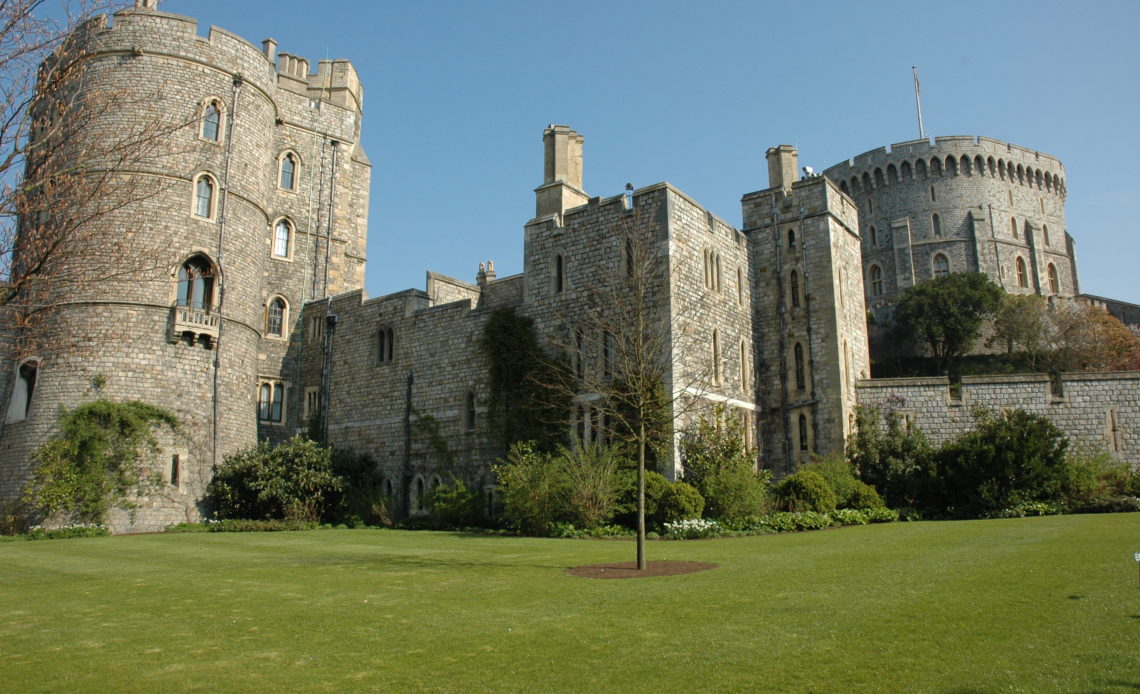
Built in the 11th century, Windsor Castle has a history spanning hundreds of years. The royal residence in the English county of Berkshire has long been associated with royal weddings, funerals, and other events. With its vast history, Royal Central is taking a look at the castle’s history, specifically, the castle during the time of the Tudors.
The Tudor period occurred between 1485 and 1603 in England and Wales and included the Elizabethan period during the reign of Elizabeth I until 1603. In 1488, after Henry VII succeeded the throne, he held a massive feast for the Order of the Garter at the castle. The order is an order of chivalry founded by Edward III in 1348 and is considered the most senior order of knighthood in the British honours system. In the short time following his throne succession, Henry also completed the roof of St George’s Chapel and proposed converting the older eastern Lady Chapel into a shrine for Henry VI. Because Henry VI was not canonised, the project was eventually abandoned, although the shrine continued to attract a flood of pilgrims.
Around 1510, the principal castle gateway was rebuilt, and a tennis court was built at the base of the motte in the Upper Ward. Other additions included the North Wharf, a long terrace on the outside wall of the Upper Ward designed to provide a view of the River Thames. The design included a staircase into the King’s apartments which made the monarch’s life more comfortable at the expense of the castle’s defences.
During the 16th century, Henry VIII continued the tradition of Garter Feasts and made them more extravagant throughout the years. At one point, the size of the royal retinue visiting the castle had to be restricted because of the growing numbers. In 1536, during a huge uprising in the North of England against Henry’s rule, the King used Windsor as a secure base in the south of the country in which he managed his military response. Throughout the Tudor period, the castle was used as a safe retreat in the event of the plagues happening in London.
During the rebellions and political strife of 1549, the castle was once again used as a safe haven for the King and the Duke of Somerset. Under Edward and his sister, Mary I, limited building work continued on the castle. Mary chose to expand the buildings used by the Knights of Windsor in the Lower Ward by using stone from Reading Abbey.
Elizabeth I spent much of her time at Windsor and used it as a safe haven in crises. During her reign, ten new brass cannons were purchased to enhance the castle’s defence. Windsor would become one of her favourite locations, and she spent more money on the property than any of the other palaces. This included a wide range of repairs to existing structures, and converting the North Wharf into a permanent huge stone terrace. In addition, Elizabeth used the castle for a number of diplomatic engagements, although it did become a challenge as Windsor was not nearly as big as some of the more modern royal palaces.

